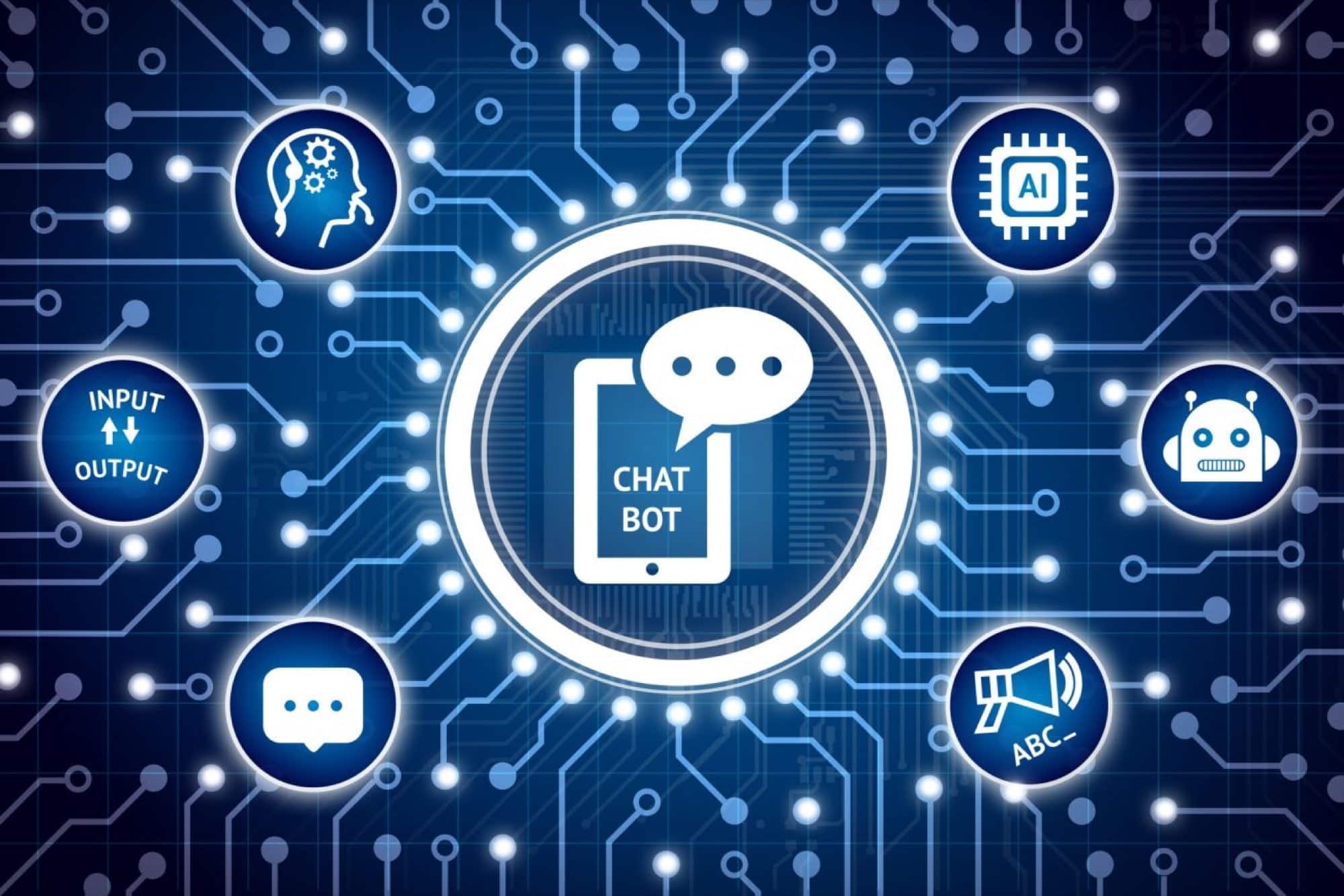-
Oct, Sun, 2023
The Top 5 Vector Databases
A comprehensive guide to the best vector databases. Master high-dimensional data storage, decipher unstructured information, and leverage vector embeddings for AI applications.
In the realm of Artificial Intelligence (AI), vast amounts of data require efficient handling and processing. As we delve into more advanced applications of AI, such as image recognition, voice search, or recommendation engines, the nature of data becomes more intricate. Here’s where vector databases come into play. Unlike traditional databases that store scalar values, vector databases are uniquely designed to handle multi-dimensional data points, often termed vectors. These vectors, representing data in numerous dimensions, can be thought of as arrows pointing in a particular direction and magnitude in space.
As the digital age propels us into an era dominated by AI and machine learning, vector databases have emerged as indispensable tools for storing, searching, and analyzing high-dimensional data vectors. This blog aims to provide a comprehensive understanding of vector databases, their ever-growing importance in AI, and a deep dive into the best vector databases available in 2023.
What is a Vector Database?
A vector database is a specific kind of database that saves information in the form of multi-dimensional vectors representing certain characteristics or qualities.
The number of dimensions in each vector can vary widely, from just a few to several thousand, based on the data’s intricacy and detail. This data, which could include text, images, audio, and video, is transformed into vectors using various processes like machine learning models, word embeddings, or feature extraction techniques.
The primary benefit of a vector database is its ability to swiftly and precisely locate and retrieve data according to their vector proximity or resemblance. This allows for searches rooted in semantic or contextual relevance rather than relying solely on exact matches or set criteria as with conventional databases.
For instance, with a vector database, you can:
Search for songs that resonate with a particular tune based on melody and rhythm.
Discover articles that align with another specific article in theme and perspective.
Identify gadgets that mirror the characteristics and reviews of a certain device.
How Does a Vector Database Work?
Traditional databases store simple data like words and numbers in a table format. Vector databases, however, work with complex data called vectors and use unique methods for searching.
While regular databases search for exact data matches, vector databases look for the closest match using specific measures of similarity.
Vector databases use special search techniques known as Approximate Nearest Neighbor (ANN) search, which includes methods like hashing and graph-based searches.
To really understand how vector databases work and how it is different from traditional relational databases like SQL, we have to first understand the concept of embeddings.
Unstructured data, such as text, images, and audio, lacks a predefined format, posing challenges for traditional databases. To leverage this data in artificial intelligence and machine learning applications, it’s transformed into numerical representations using embeddings.
Embedding is like giving each item, whether it’s a word, image, or something else, a unique code that captures its meaning or essence. This code helps computers understand and compare these items in a more efficient and meaningful way. Think of it as turning a complicated book into a short summary that still captures the main points.
This embedding process is typically achieved using a special kind of neural network designed for the task. For example, word embeddings convert words into vectors in such a way that words with similar meanings are closer in the vector space.
This transformation allows algorithms to understand relationships and similarities between items.
Essentially, embeddings serve as a bridge, converting non-numeric data into a form that machine learning models can work with, enabling them to discern patterns and relationships in the data more effectively.




